As far as I understand when we are in x86 Real Mode the first megabyte memory layot looks like that:
Will memory layot be changed once we jump to Protected Mode? I know that we can access video memory by the same address like we did it the Real Mode but what about other regions? Can we overwrite them? I suppose we don't need the IVT and the boot sector anymore. But I'm not sure about others.
